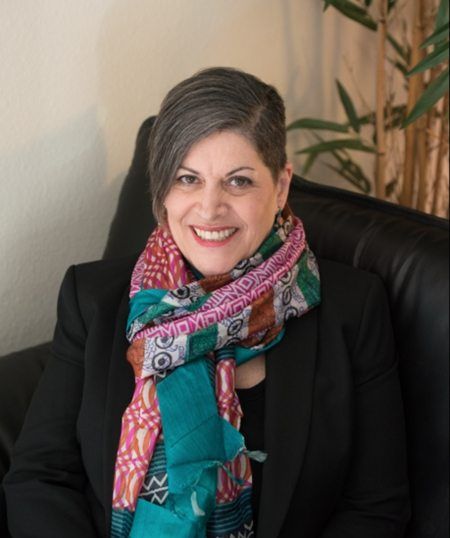While many people in our world today try and denounce labels, there are communities across the spectrum who value labels and their ability to help define identities for non-conforming people, helping shape an understanding for who they are and how they can share themselves with the world.
As therapists and counselors, if we truly want to be allies to the LGBTQ+ community, we have to evolve our language. And while we might not get it perfect every time, putting in an honest effort is a great place to start.
On the surface, sure, they’re just words, titles, labels, terms, and phrases, they mean ‘nothing.’ But if we’ve learned anything from history, it’s that words, titles, labels, terms, and phrases actually mean everything.
Let’s dive into a few sex and gender terms and phrases that you should eradicate from your dictionary.
Preferred Pronoun
What’s your preferred pronoun?
While completely innocent on the surface, asking a trans person their preferred pronoun insinuates that the pronoun does not belong to them. As in, I see that you’re not X, but would you prefer I refer to you as one?
Instead, consider asking your patients or clients, “What pronouns do you use?”
Born girl/boy
Were you born a girl?
Many non-conforming folks feel that their gender has always been the same. If you believe that gender is a social construct, you’ll know that we evolve into our ‘boyness’ or ‘girlness.’ We grow and make those gender markers our own.
When you ask someone whether they were born a girl or boy, it’s like saying they were born one thing and chose to become another.
Instead, try: “Were you assigned boy/girl at birth?” “Are you AMAB (assigned male at birth)?” “Are you AFAB (assigned female at birth)?”
Self-identified
He is a self-identified man.
Saying that your clients or patients are ‘self-identified’ alludes to them being that way only to themselves, not others—as if the world around them will always see them as their assigned gender.
Instead, skip this phrase altogether.
He/she
He works with me. She is over there.
Language is tricky and ever-evolving. The terms ‘he’ and ‘she’ are not inclusive to everyone in the LGBTQ+ community. As it turns out, they’re not catch-all terms at all. In a marginalized group that already feels left in the shadows, it’s imperative that we recognize language beyond ‘he’ and ‘she.’
Instead, use ‘they’ when you are not 100% certain of the pronoun someone uses.
This list is a simple launch pad to help you as you work with clients and patients from all backgrounds. If you want a more in-depth look at gender and sex terminology, click here. In partnership with GLAAD, Refinery 29 built out a thorough gender identity glossary to help allies understand the full range of terms. I highly recommend you take some time to brush up!
Want to take your learning to the next level? Join the LGB Relationships Course, and learn to examine & describe unique challenges in sexual health faced by lesbian women, gay men, and men who have sex with men (MSM).
With a total of 8 CE hours, this training will help you better serve your LGB patients. Click here to get started!
Sub scribe to my newsletter and receive your free guide, “Assessing Sexual Issues".
scribe to my newsletter and receive your free guide, “Assessing Sexual Issues".
We never sell your information, promise.
